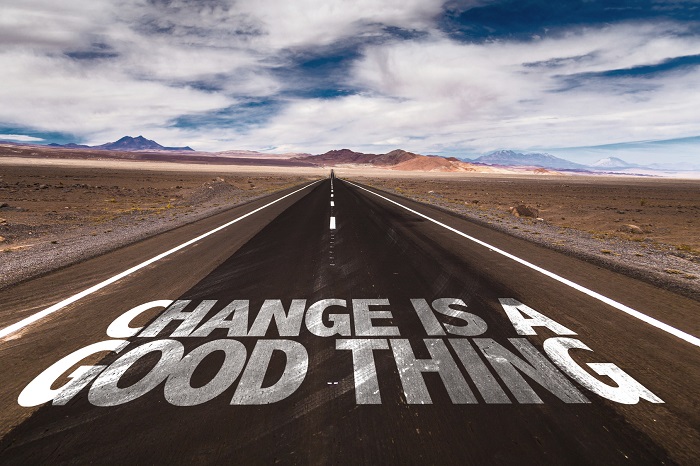13 Secrets That’ll Boost Your Facebook Organic Reach
In Q4 2014, the top 8 social networks drove 31.24% of overall traffic to websites. As per Shareaholic, “The shift from search to social isn’t just in progress: it’s already here.”

Facebook alone accounts for 24.63% of this traffic.
Here is a breakdown of the social referrals.
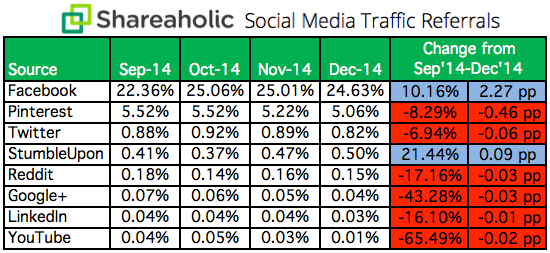
Look at the recent report by Parse.Ly on the traffic sources for the top 100 news websites (ranked by comScore and Alexa). It supports the Facebook triumph over Google.

Wow!
All marketers need to get really serious about promoting our businesses on Facebook.
But, wait a second.
Hasn’t that already happened?
Facebook claims that there are 40 M active small business pages on its platform.
These active pages regularly share updates about their services, products and also republish their blog posts on Facebook.
The result?
An average of 1,500 posts compete for attention in a user’s news Feed.
This massive content explosion has resulted in a decline in the organic reach of Facebook Pages.
Publishers used to reach 16% of their fans back in 2012.
Now, as per a March 2015 Locowise report, the average organic reach of Facebook pages with over a million likes is 2.27 %.
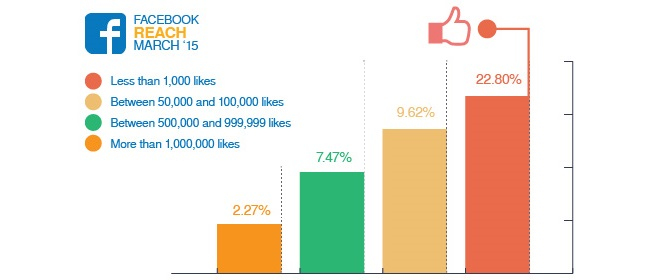
Hmmm.
Brian Boland (VP Advertising Technology, Facebook) mentions two major reasons for the decline-
- The massive amount of content shared by publishers on Facebook (3 million linksare shared every hour on Facebook).
- Facebook wants to increase the engagement in its News Feed. So, its algorithm ensures that only the most relevant and high-quality (300 or so) stories appear in a user’s feed.
Here is Brian’s advice to publishers:
Publish great content — content that teaches people something, entertains them, makes them think or, in some other way, adds value to their lives.
Further, he suggests that marketers not worry about organic reach.
Rather: Focus on fulfilling their business objectives using Facebook Pages.
Example: Driving App downloads and in-store sales.
Publishers aren’t convinced by this organic reach decline explanation by Brian.

We need to have a solution-oriented mindset. I’m sure that your business can also get tons of traffic from Facebook.
So, let’s look at how Facebook’s news feed algorithm works. Then, we’ll dive into some strategies to increase your page’s organic reach.
Are you wondering how to reach more audience on Facebook? Download this 13 secrets cheat sheet that will boost your Facebook organic reach.
Facebook’s News Feed algorithm and things you must not do on your Facebook page.
There are hundreds of thousand factors that decide the posts to show in a user’s News Feed.
But, here is a breakdown of the major ones.
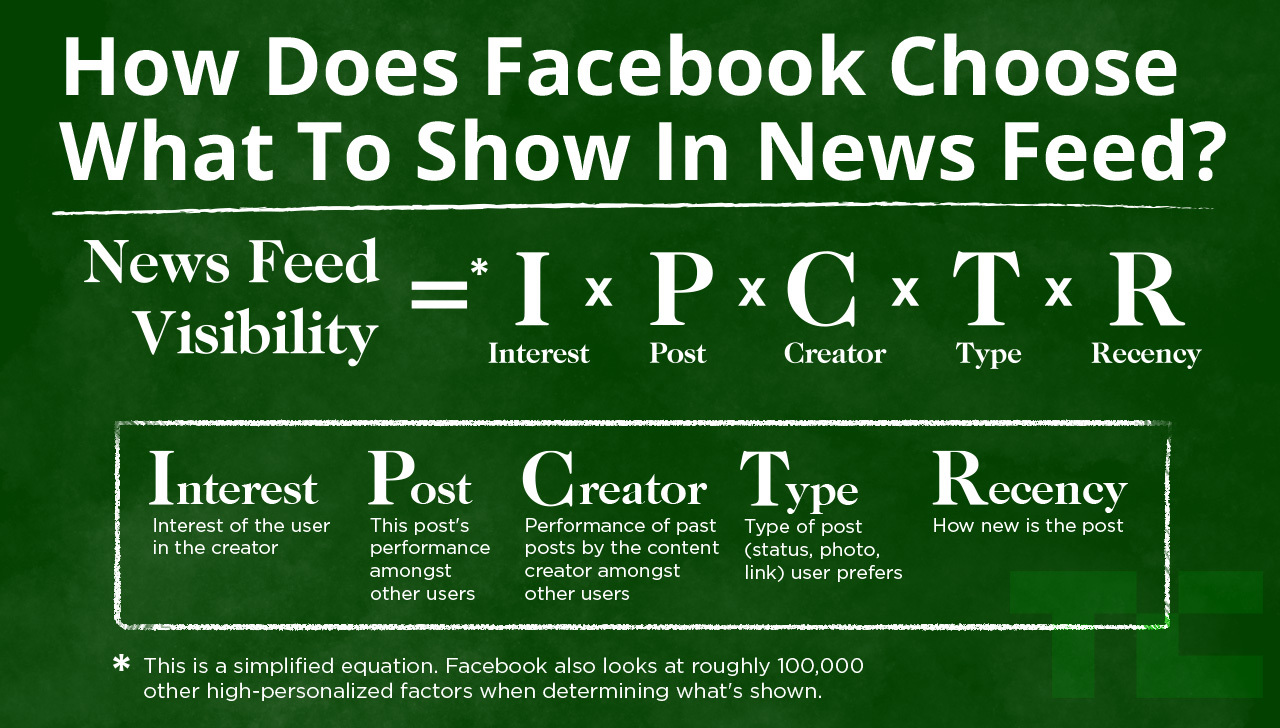
Facebook shows a post in a user’s feed based on…
- How recently the post was published herunterladen.
- The number of likes, comments and shares of the post.
- How often the user has interacted with the page posting the update.
- Past user interaction with the same post type.
These factors give us enough food for thought. But, let’s delve deeper into Facebook’s goal for News Feed.

Like other websites, Facebook cares the most about its users. It wants to continuouslyimprove their experience. In their survey, Facebook found that people want to see updates from their friends and from pages they care about. They also want to see less of promotional content. The tricky part is Facebook’s definition of promotional content. It’s posts like this:
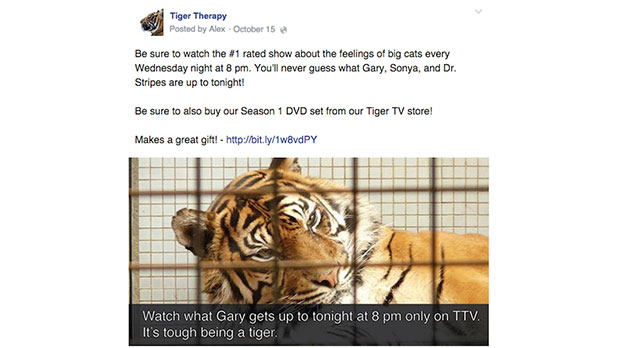
I know. Even a TV Show posting about their upcoming episode is tagged as spam by Facebook. Facebook has updated its algorithm to ensure that such posts don’t receive much fanfare. How can you drive traffic from Facebook when these algorithmic changes are decreasing your reach? Let’s take lessons from BuzzFeed. They boast an impressive Alexa Rank – 110.

Social drives 5 times as many visitors as search traffic, for them.
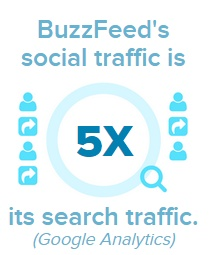
In fact, Facebook alone drives close to 22% of their traffic. What is BuzzFeed doing right? Besides posting engaging content on Facebook, BuzzFeed is spending millions of dollars on Facebook Ads.
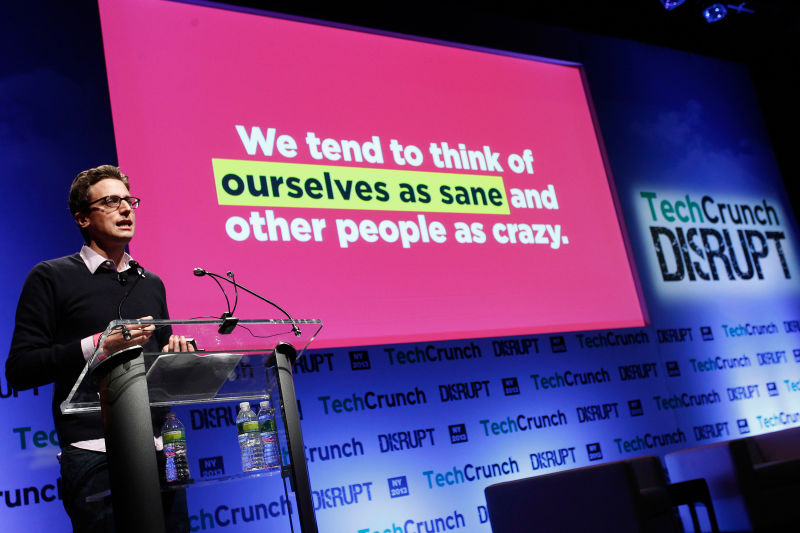
I understand that any average Joe like me or you won’t have a ton of cash to burn. So, we’ll take the smarter route that doesn’t require a heavy investment. Before we look at the secrets to improve your organic reach, here are 3 things you must absolutely not do on your Facebook page.
1. Automating everything – It’s a social platform and your brand needs to have ahuman touch. Don’t just schedule your latest blog links and product updates. Post your team photos like Zappos.
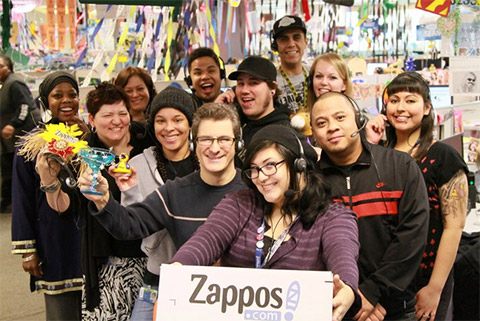
Show your funny or creative side like Nutella.
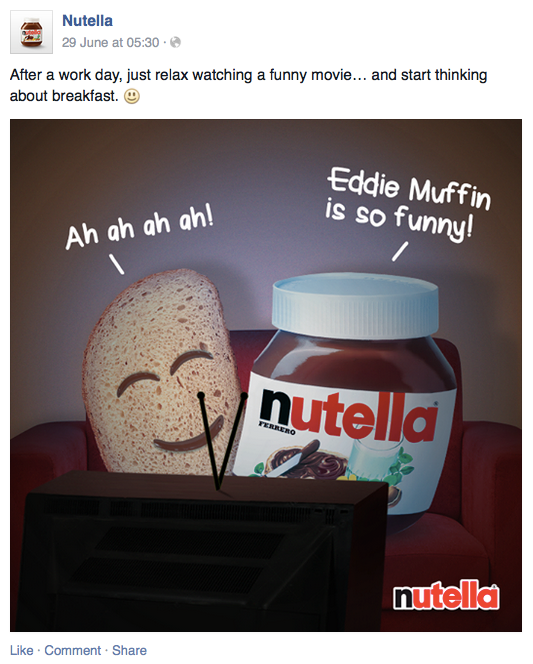
Or, share inspirational graphics like me.
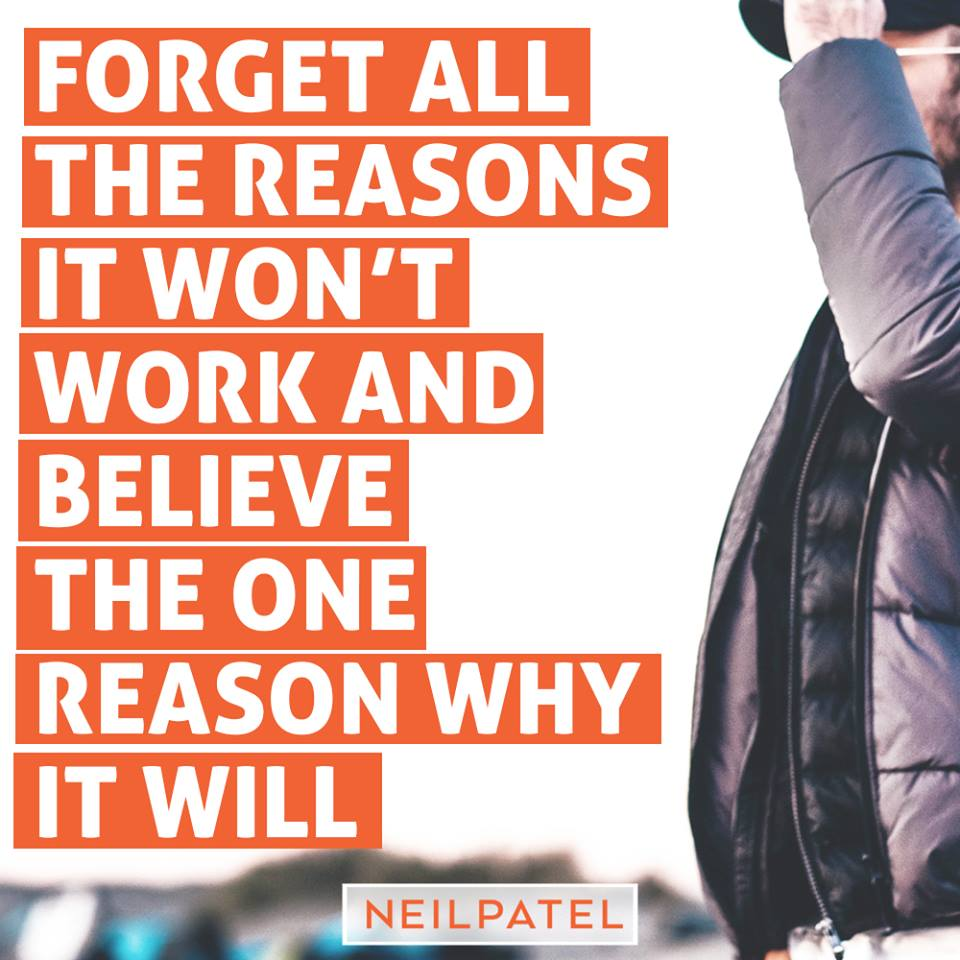
Also, make sure you that you quickly reply to all of the comments. It’ll increase the engagement on the page and give the user another reason to visit you.
2. Only promoting your services and products – Facebook is based on interest, not intent. Not every update you send out on your Facebook page should sell design pro 5 kostenlos download. 80% of your updates should be social. Otherwise, the user won’t hesitate in clicking the unlike button on your page (it’s a click away).
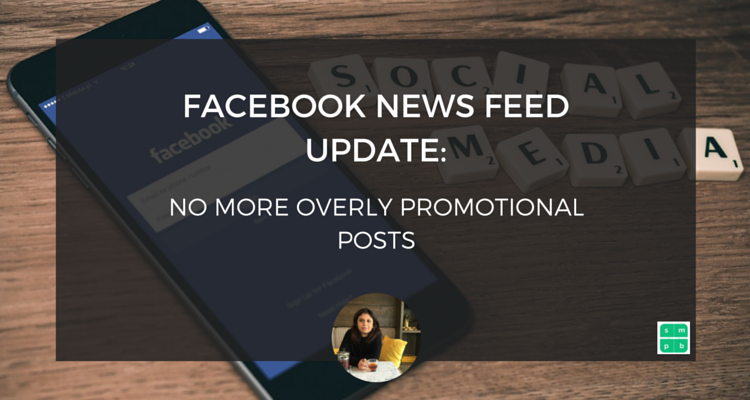
Approach your Facebook page from the mindset of building a community. Add value and try to start conversations with your audience.
3. Cheat the Facebook ecosystem – Buying 5000 likes for 5$. Using clickbait headlines. Bombarding your fans with 10 poor quality updates in an hour.
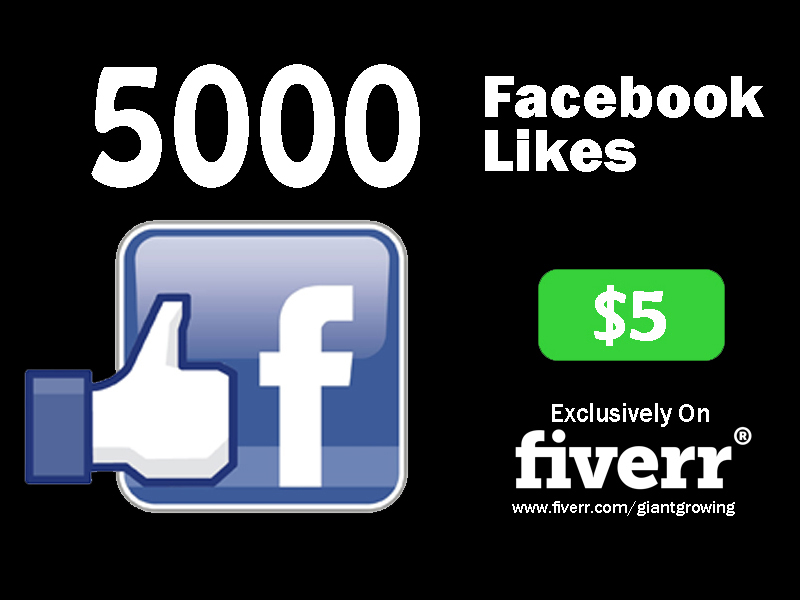
It’s a sheer waste of time. Facebook seriously cracks down on spammers. Stick with the Facebook code and stay in their good graces. Let’s get started with the strategies that’ll boost your organic reach.
1. Publish evergreen content.
Freshness isn’t just Google’s ranking factor. The life of a post in Facebook News Feed is also dependent on recency. If you publish timeless content, then it will be useful for your audience for longer periods. They’ll keep liking and commenting on your post.
Due to this increased engagement, the Facebook algorithm will ensure that your post gets distributed further and that it appears in feeds for longer periods.
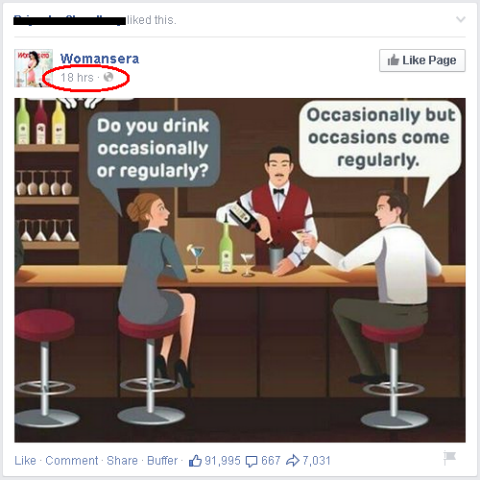
The above evergreen post appeared 18 hours after being posted. Jon Loomerextends this evergreen posting strategy. He advises on collecting evergreen content that provide sustainable value to your audience. You can copy it in an excel sheet.
Then, give the content pieces a new spin and schedule them multiple times.Obviously, you post the evergreen content at a different time than the first occasion. This ensures that your content reaches a newer audience in a different time zone.
For example – Claire Pelletreau (a Facebook Ads expert) publishes FAQs from her audience on using Facebook Ads multiple times.
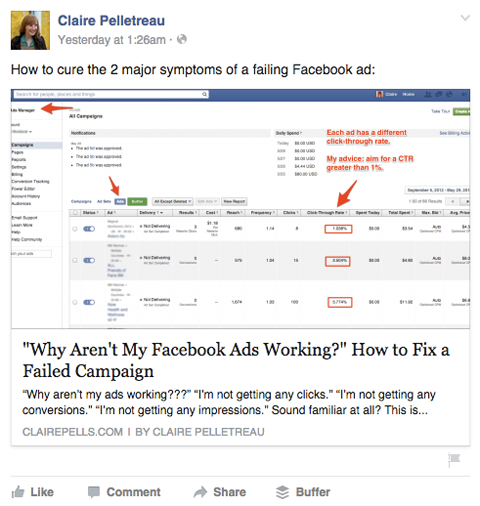
But, what if you don’t want to do the legwork of finding your evergreen posts? Then, use a social media scheduling tool like Edgar. Here are some great examples of evergreen content by HubSpot. Although they are talking about blog posts, you can model the ideas for Facebook posts as well.
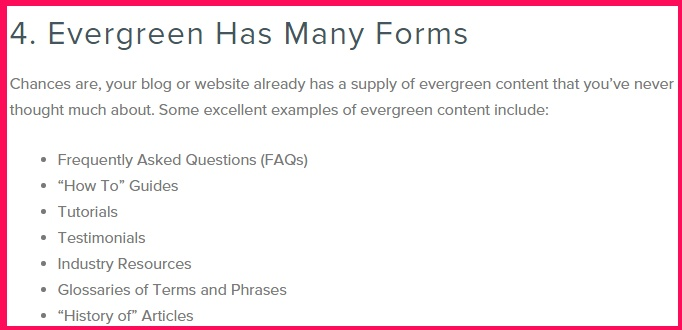
2. Create an invite-only group of your most engaged audience members.
I told you that Facebook is about building a community. A tightly-knit group is the closest you can get to it.
In October 2014, Facebook stated that a whooping 700 million people used Facebook groups every month. You’ve got two community options:
- Start your own group.
- Join a highly engaged and relevant group that serves your business goals.
We’ll talk about number 1, as it is a nice addition to your Facebook marketing arsenal logic kostenlosen. You can use it to listen and engage with your brand advocates. Here are the steps to get started with building your group.
Step 1. Lay down clear rules for posting in the group. Also, write down your value proposition in your group description.
Pro Tip: Pin your rules post at the top of the group feed. It’ll direct the new members to act appropriately.
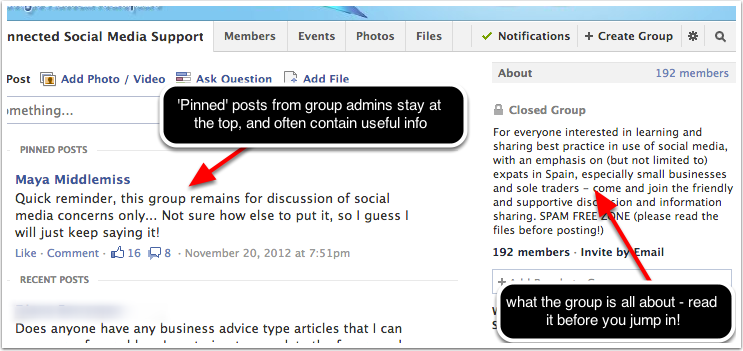
Step 2. Setup your group’s privacy settings properly. And, invite your most engaged audience to join the group.
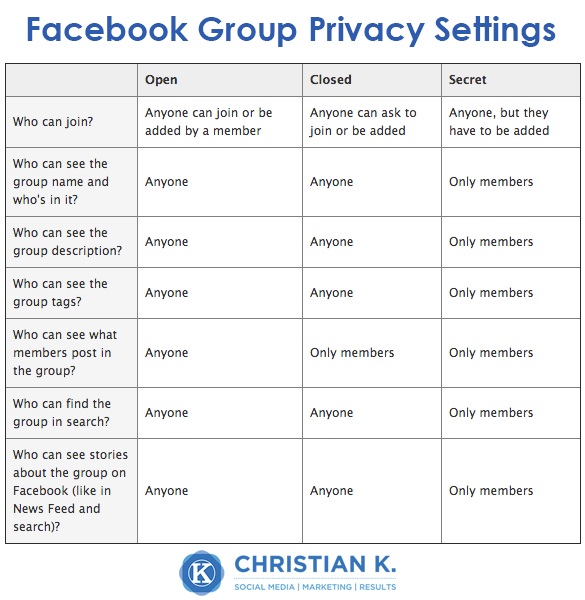
Step 3. Ignite conversations relevant to your industry. Don’t solely promote/sell your content and products. Pro Tip: You can sell your own digital or physical products by creating a For Sale Group.

Step 4. Moderate all of the posts in the group and weed out all of the spammersquickly.
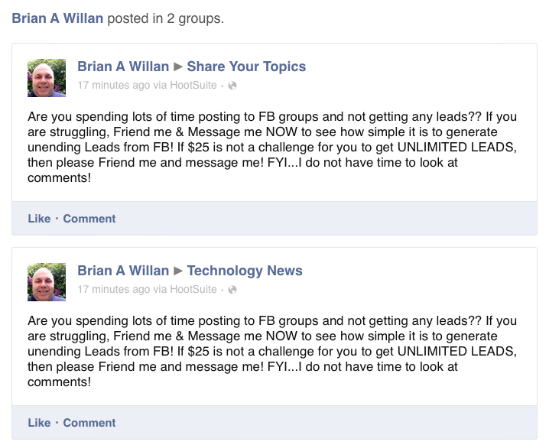
Sarah Schupp, founder at UniversityParent.com, has a Facebook page with 3000+ likes. She noticed a decline in Facebook page reach – a post typically reached only 100 people. So, she started an invite-only private group with around 800 people.
Now, she reaches more people who engage with the updates.
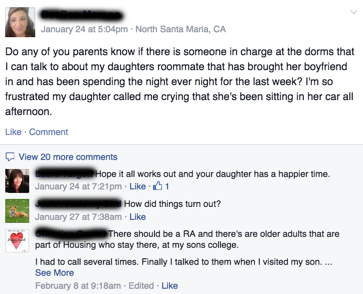
I want to warn you though: Groups require a time commitment. You’ve got to show up to welcome new members and encourage discussions. Maggie Patterson shows you the way. She consistently books clients by networking in Facebook Groups.

3. Use organic post targeting.
Targeting isn’t limited to Facebook Ads. You can even target your organic posts on Facebook. Targeting has been around since 2012. But, it gets more useful with the decrease in organic reach.
- You can serve your post to relevant customers based on their gender, age, education, location and even interest.
- You can set an end date for your post to stop showing in the news feed.
- The post only limits the visibility of your post in the feed schriften kostenlos mac download. On your Page’s timeline, it’ll show up to all of your fans.
- Your post has to at least target 20 people. You might get below this threshold if your page only has a few thousand fans.
Here are the steps to get started with targeting.
Step 1 – Do you have the targeting feature enabled on your page?
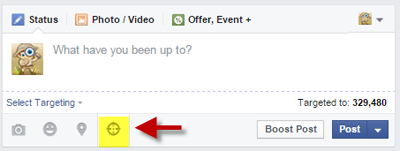
If not, then enable targeting from your page settings.
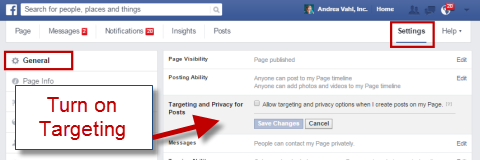
Step 2 – Choose one or more categories for targeting your post.
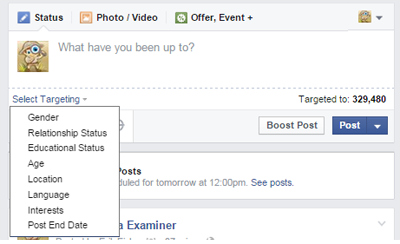
You can dig into your Facebook insights for data about your audience. Choose targeting parameters based on your goals.
Step 3 – Run 2-3 targeted posts using different parameters.

Example – Jon Loomer found the websites that were liked by his visitors, usingFacebook Audience Insights.
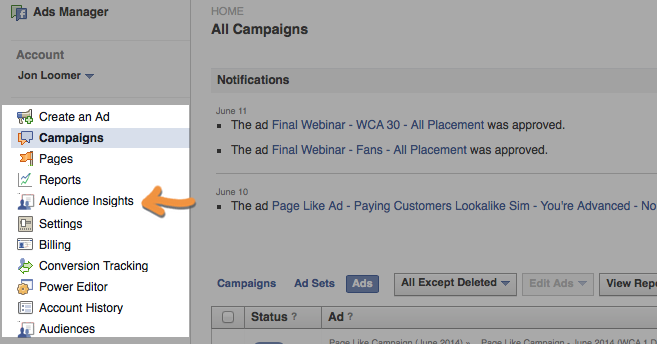
Jon found the top 4 pages among his visitors.

Then, he targeted fans on his page with the “Interests” option.
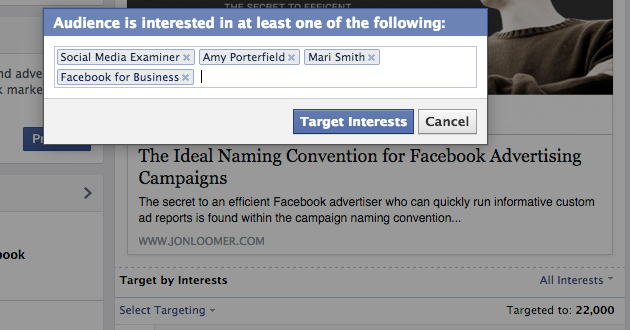
Step 4 – Hop on Facebook Insights and check your results. Did the organically targeted post perform better?
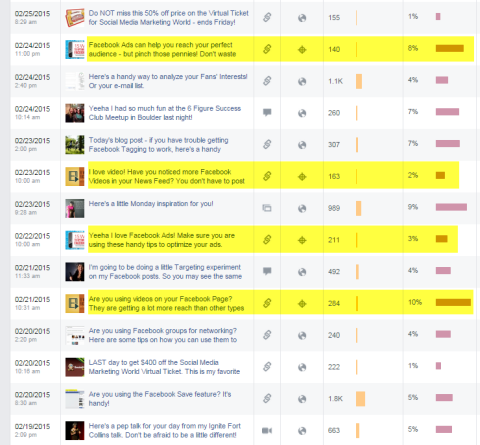
Compare your results with the average weekly engagement rate. Also, find out the targeting parameter that’s performing better. In social media examiner’s experiment with organic targeting: A smaller page performed better than a larger page. But, results will vary based on your business audience.
4. Post when your competitors are asleep.
There are so many studies on the best posting time on Facebook. One study claims that it’s around 5 PM PST (Mon – Thu). I found that 3 PM works best to get clicks.
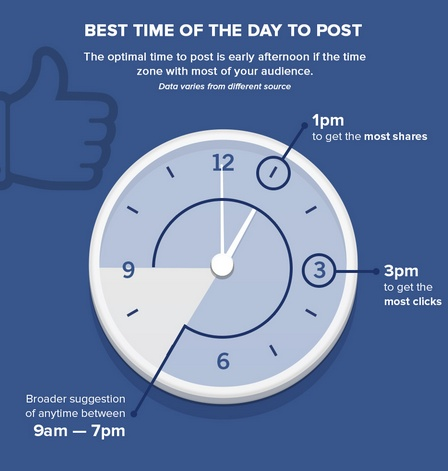
Here are a few more studies and optimal times.
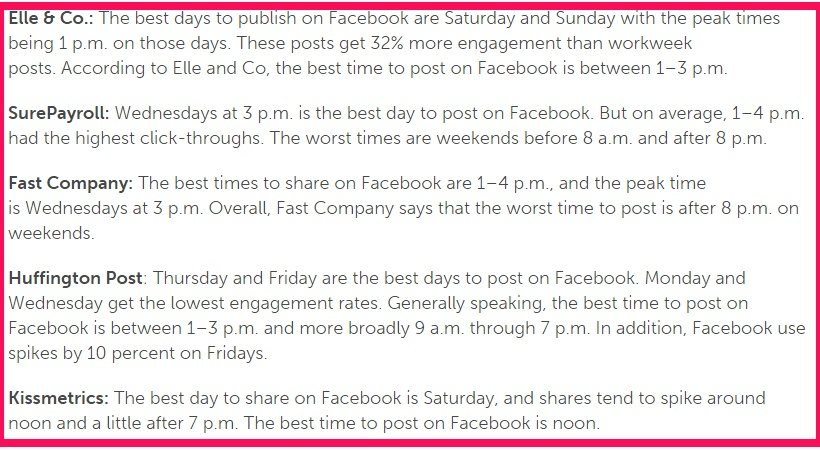
Scratching your head already, aren’t you? Don’t blindly post at any of these optimal times. Dig into your Facebook Insights. Find out when your fans are online.
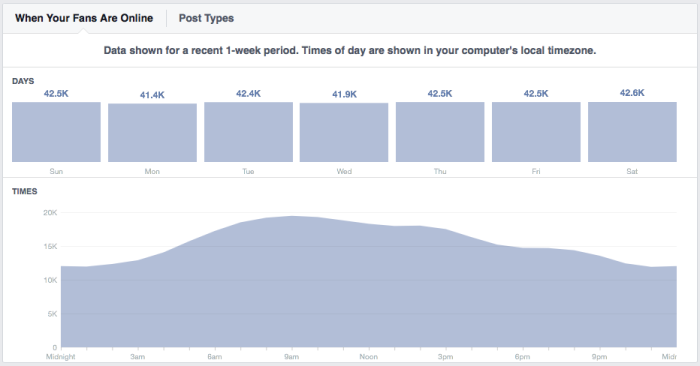
Then, test posting in the off-peak hours (6 PM – 8 AM) with the maximum possible fans online. Your chances of appearing in the feed increase since other Facebook pages aren’t posting during this period. Here are the results when Track Maven tested with this posting strategy.

Jon Loomer also tried posting links at off-peak hours and had positive results with his organic reach.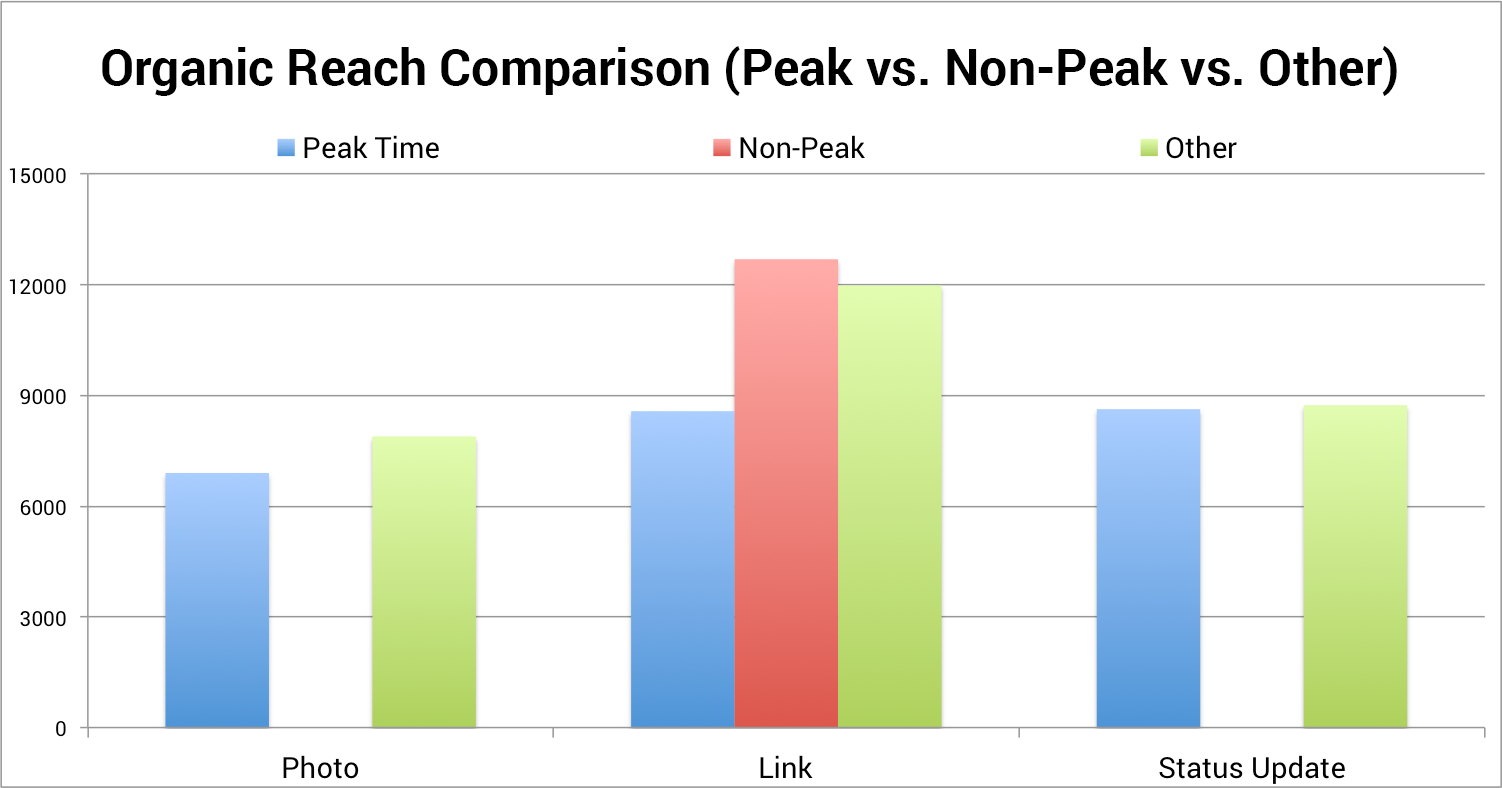 The reasons why this strategy is effective (besides lesser competition) are:
The reasons why this strategy is effective (besides lesser competition) are:
- If you’ve an international audience, you’ll reach out to fans in a different time zone herunterladen.
- As your post receives higher engagement, Facebook will distribute the post to more of your fans.
It might even favor your post over the newer content published during peak hours.
Note: You can monitor the posting strategies of your industry competitors using Fan Page Karma.
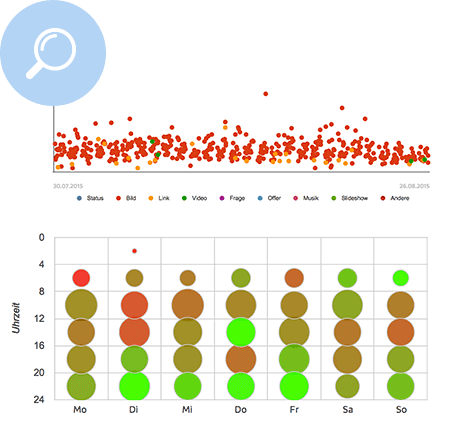
5. Post more links or don’t. Respect your audience’s choice.
As per Quintly’s analysis of 100,000 Facebook pages and over 8 million posts (between June 2014 – June 2015), link posts triumphed photo updates.

In fact, links have been found to work better for driving traffic. Fred Alberti found that pure links generated 82% more page views than posts with photos and links in the caption.

Another study by Social Bakers found that links and videos are the most popular content. They also found that photos have the least organic reach.
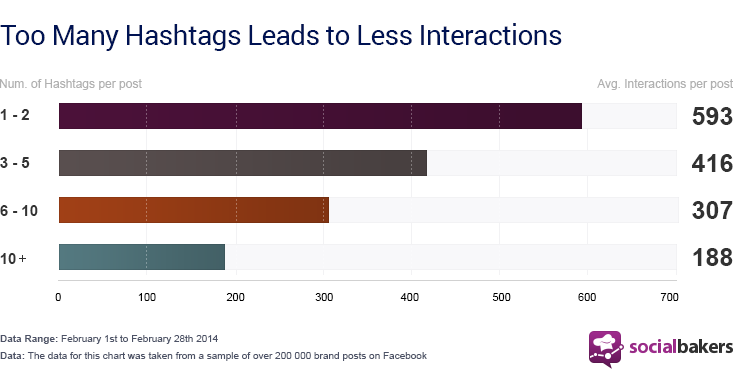
Does that mean you can shift to a links-only posting strategy on Facebook? Nope. Posting more images was working in early 2014 on Facebook.
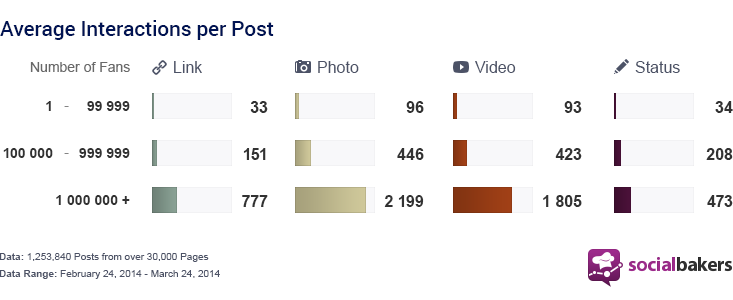
Then, marketers aggressively started incorporating photos unnaturally in their Facebook posts.
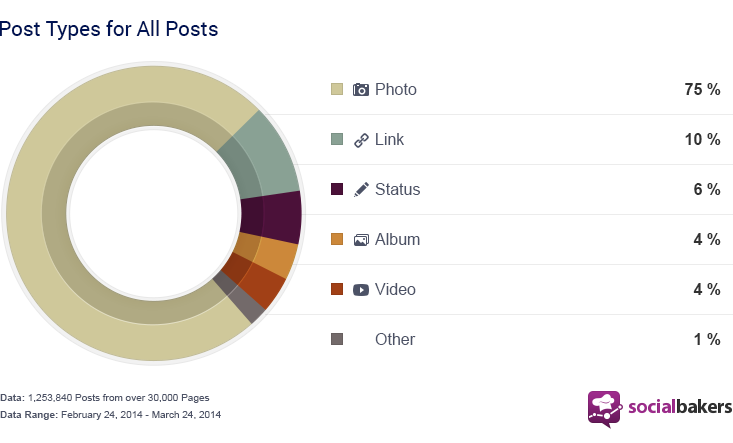
The irrelevant use of photos led to empty engagement.

Photos became an unpopular post type with users and, hence, with marketers. My recommendation is to post all types of updates that add value for your fans, be it links, images, status updates or videos.
Don’t force one content form into another, just because a certain type of post is currently performing better on Facebook. Analyze your data from Facebook Insights to find the type of posts that resonate with your audience. If you can, try serving value in the types of content that your audience likes.
Have a look at the Facebook page study by Shortstack. They used their own data to increase their organic reach by 219% and engagement by 171% in 30 days.
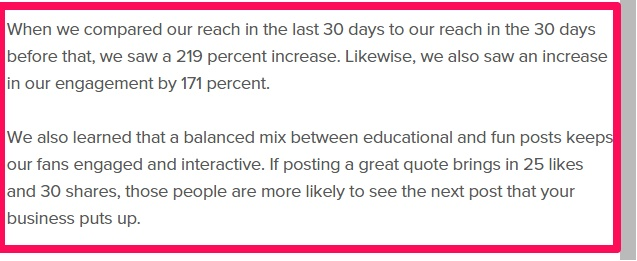
6. Publish videos natively on Facebook.
Since June 2014, Facebook has averaged over 1 billion video views every day. And, the number of videos in Facebook feeds has also grown by 360%. This led Facebook to announce their auto-playing feature for videos in the feed. It has also started favoring video updates.
Edgerank Checker found that native videos have become the strongest performer in the news feed.
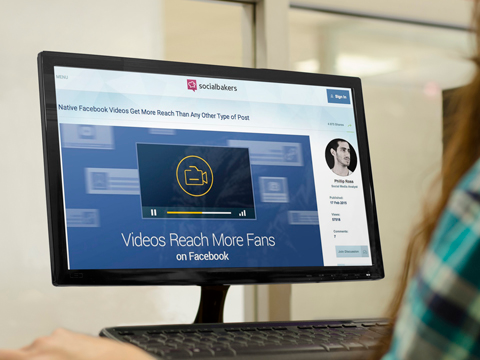
The video plays silently until a user clicks on it. It’s important that your video is high-quality from the first frame. And, it needs to capture attention, even without sound.
Here are some tips on getting started with Facebook Videos herunterladen.
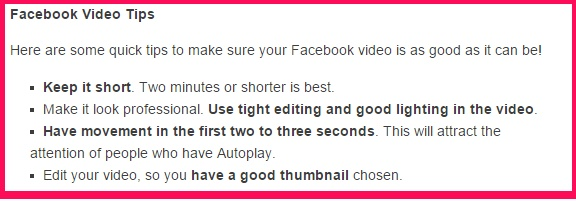
To further engage the video viewers, you can add a call-to-action (CTA) to visit your website or a destination of your choice. The CTA can be Learn More, Shop Now, Sign Up, Book Now, Download or Watch More.
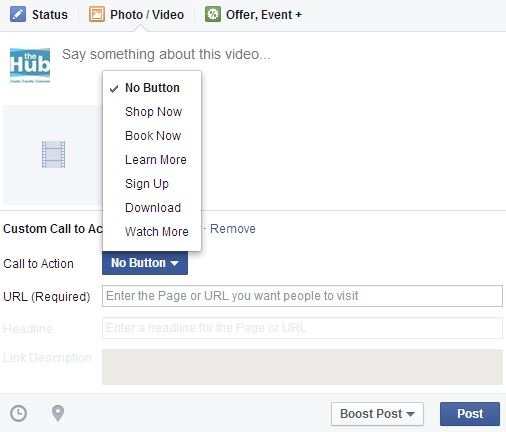
You also get rich video insights, so you can find out what is working with your audience.
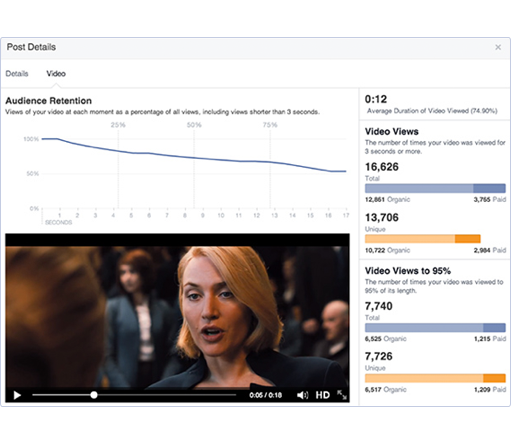
If you want, you can pin a video to the top of your videos tab on your Facebook page. Just click on “Feature this Video.” BuzzFeed got 1.7 million views for a featured video.
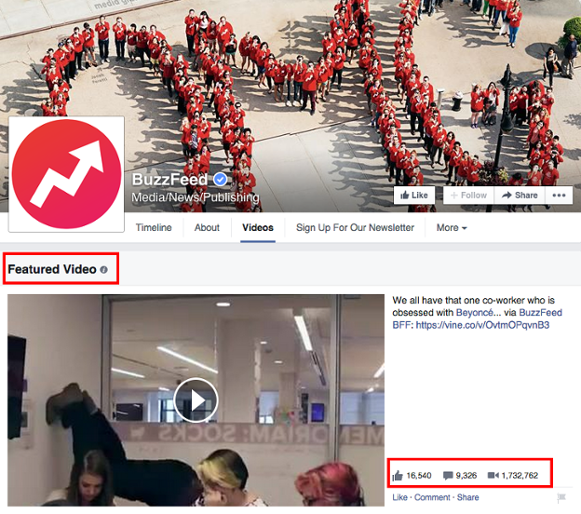
The featured video also appears prominently below your About section. Social Media Examiner used it to promote their upcoming event.
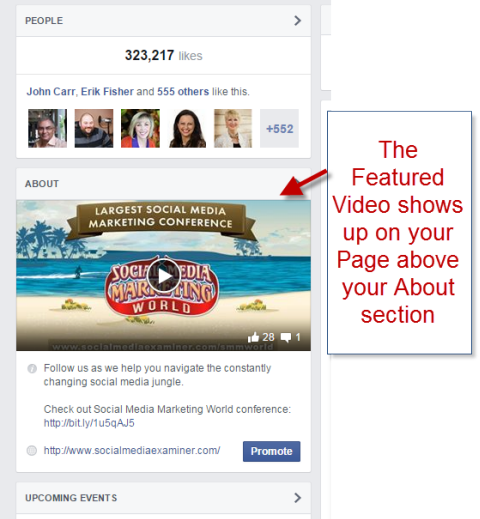
You can also embed the video in your blog posts. It’ll make for a good multimedia experience for your blog audience and it can also increase the engagement on the Facebook post.
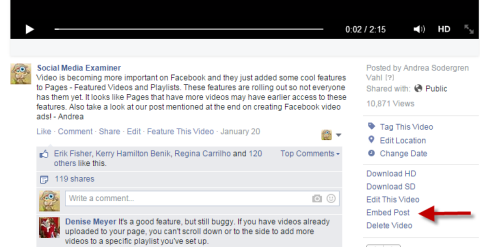
Watch this Facebook video for 3 more tips, from Social Media Examiner, on using Facebook videos effectively.
Hot Tip: 3 Things You Must Do When Uploading a Facebook Video – Video is becoming much more important on Facebook. Make sure your video looks great on Facebook with these 3 tips!
Great.
But, can you embed videos from YouTube or should you upload them directly on Facebook?
Social Bakers found that brands are now using native Facebook videos over YouTube.
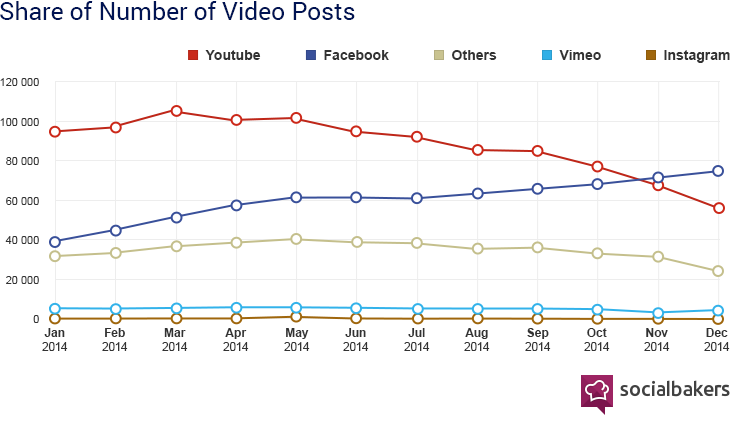
The reason is that Facebook is favoring native uploads over embedded videos from YouTube or any other third party.
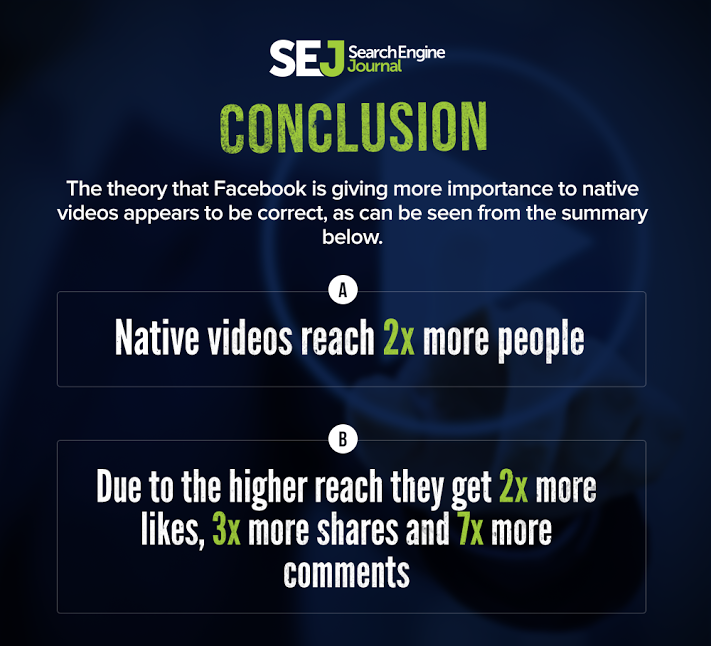
This SEJ study was performed for 2 weeks on three Facebook pages – Search Engine Journal, Stunning and Interesting Facts and Did You Know.
Here is a detailed breakdown of the numbers.

You can take cues from these 10 native video examples to get started with Facebook native videos.
7. Test your posting frequency.
Many huge media websites like Huffington Post, Telegraph and The New York Times, publish a massive amount of content every day. They also push their content aggressively on Facebook.

Adobe Digital Index found that there is a 31% increase in overall brand frequency from last year.

Here is the average organic reach of media pages, in miles, as per a study on 3,318 profiles by sotrender.
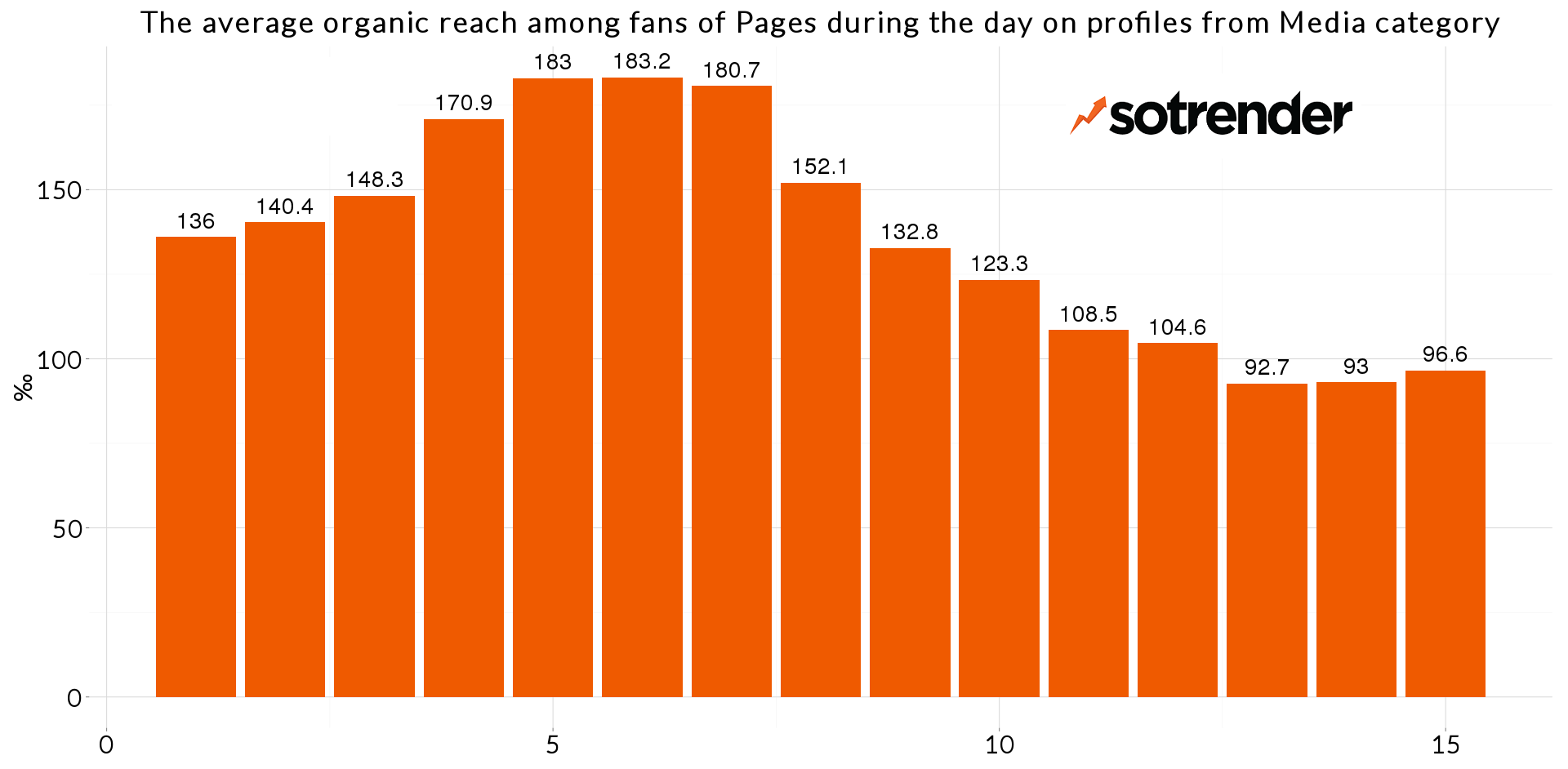
But, if you are a brand:
Don’t start posting 20 times/day.
Here is the average organic reach for brands (in miles) vs their posting frequency. Notice the tremendous drop with each new update for the day.
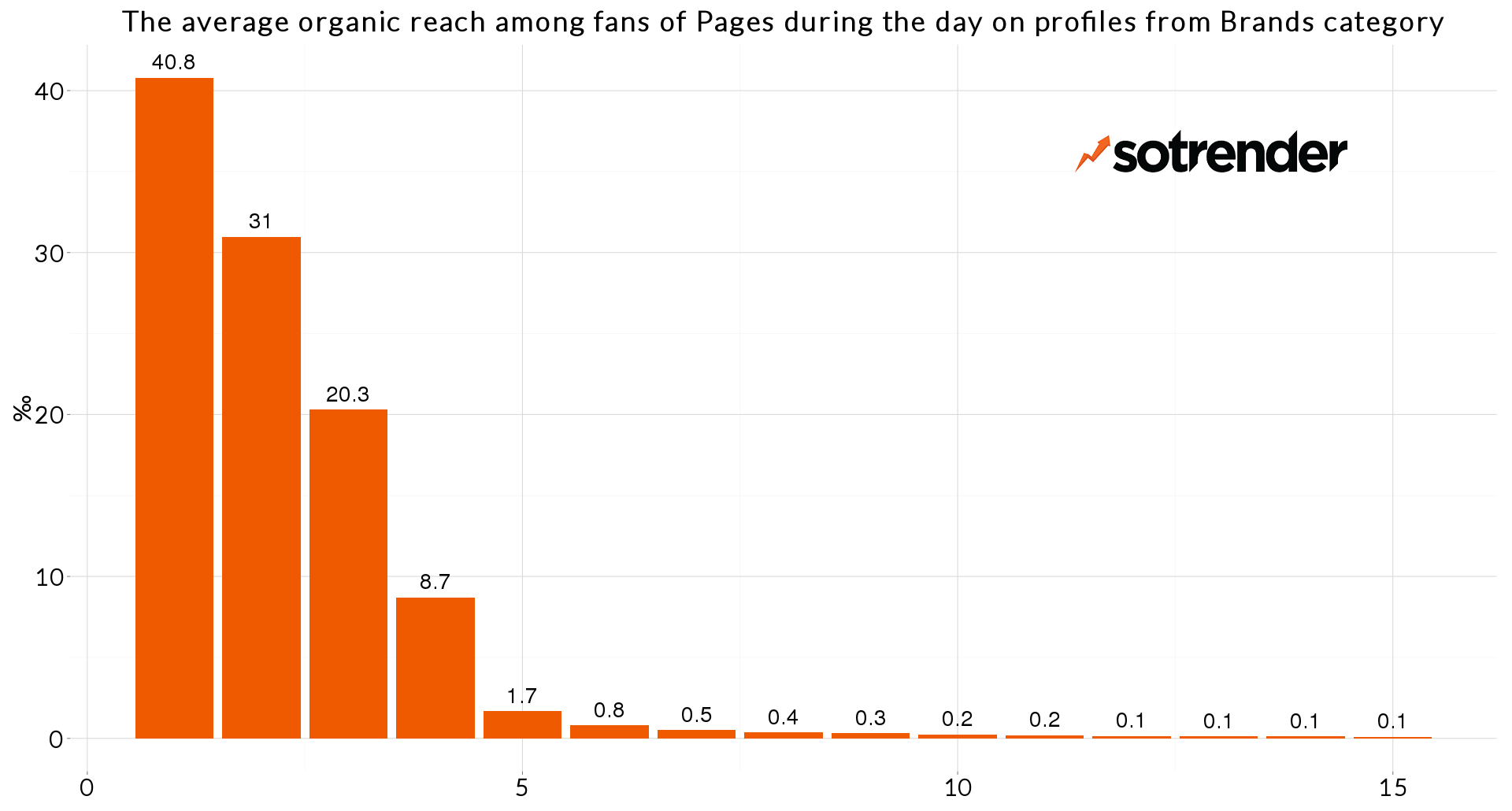
The average engagement rate also follows a similar trend vs frequency html5 download mac.
Locowise did a similar study on 600 Facebook pages (with 250 million combined likes), to find out their reach and engagement vs frequency.
Here are the results.
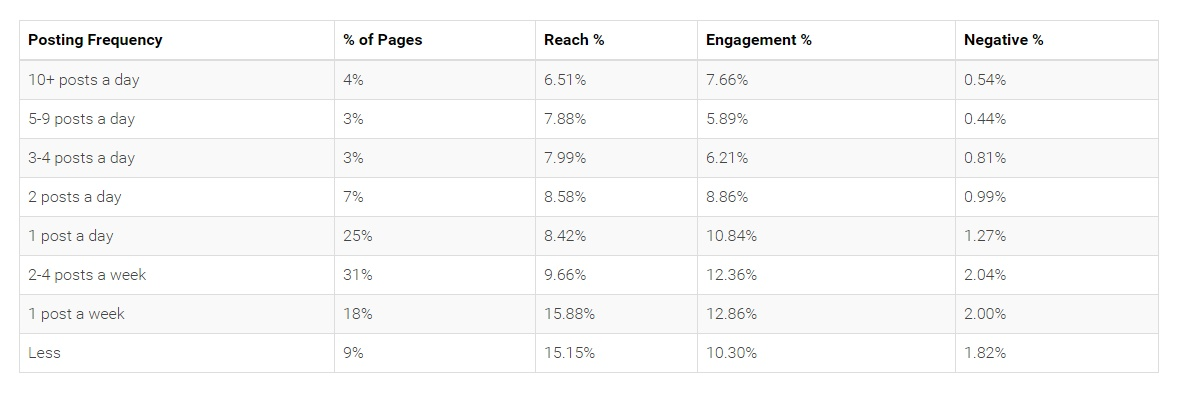
Here are a few takeaways on frequency of posting on Facebook for you:
- Avoid posting more than 2-3 times/day. It can overwhelm your audience.
- But, you can post more often at widely different times if you’ve got an international audience. This’ll help you reach out to different segments of your audience (who live in a different time zone or log on to Facebook occasionally).
- Always post high-quality content. Engage your audience with humor, inspiration and educational content.
- You can be successful, even with a higher posting frequency, by providing variety. Mix your posting schedule and post types.
- Test your page frequency. Only your data can reveal your audience’s exact response.
8. Partner with other Facebook pages in your niche.
Recently I posted a case study on how I used Instagram to earn $332,640 in 3 months. I struck deals with Instagram influencers (having a huge following) to post links to mylanding pages.
We can follow a similar strategy on Facebook.
Indeed, I reached out to Facebook pages having less than 30,000 likes, for my Nutrition Secrets project. I offered a shoutout for shoutout deal to Facebook pages in my niche (about 1 in 10 pages accept such requests).
This helped me to increase the number of likes on my Nutrition Secrets Facebook page.
Similarly, have a look at the Facebook pages of media websites like Huffington Postand Elite Daily. They both have over 20 million Facebook fans and a similar audience (for certain types of content that they publish).
They share each other’s blog posts on Facebook regularly.
Here is a recent Huffington Post blog post shared by Elite Daily’s Facebook page.
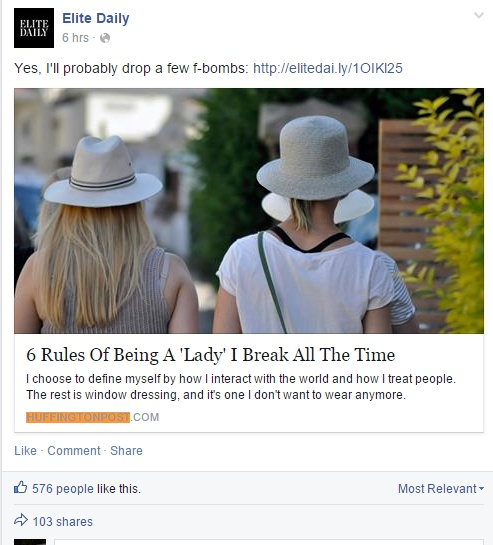
And, here’s an Elite Daily blog post shared by Huffington Post.
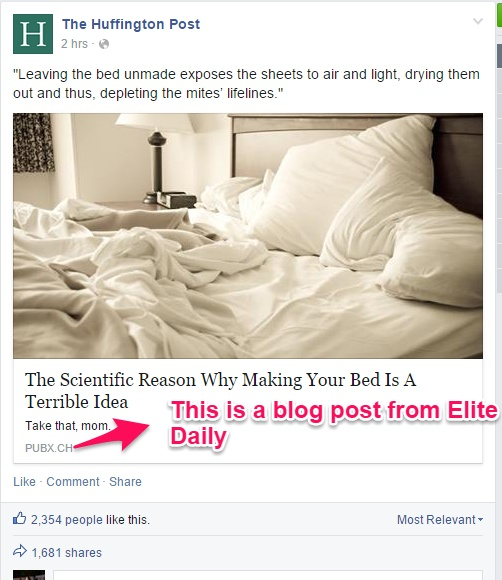
Wired and Refinery29 also seem to have a similar partnership.
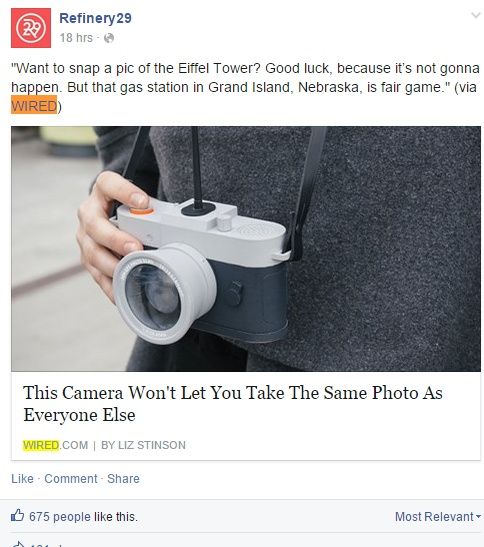
To achieve good results from this strategy:
You’ll need to strike deals with pages having tens of thousands of likes.
So, you need to have at least ten thousand fans on your own page.
9. Let your email list do the tango.
Do you wonder how I manage to receive hundreds of shares and comments on every blog post that I write at Quick Sprout?
It’s triggered by my email subscribers. I simply email them, informing them about my new post. They kick off the interaction and sharing on every post.
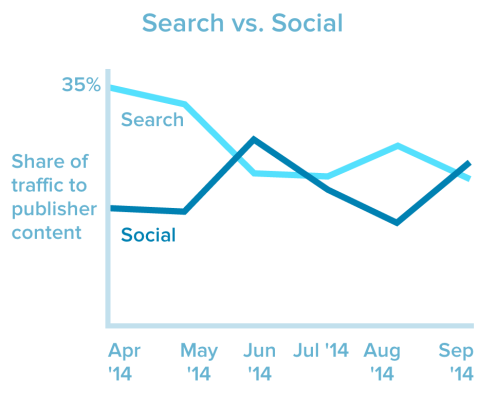
Jay Baer shows us the similarities between an email list and Facebook fans.

So, how can you inspire social actions from email?
Start with including Facebook share buttons inside your email newsletters. You will need to create an HTML version of your email and create custom code for the share buttons herunterladen.
Login Radius shows you how to do it.
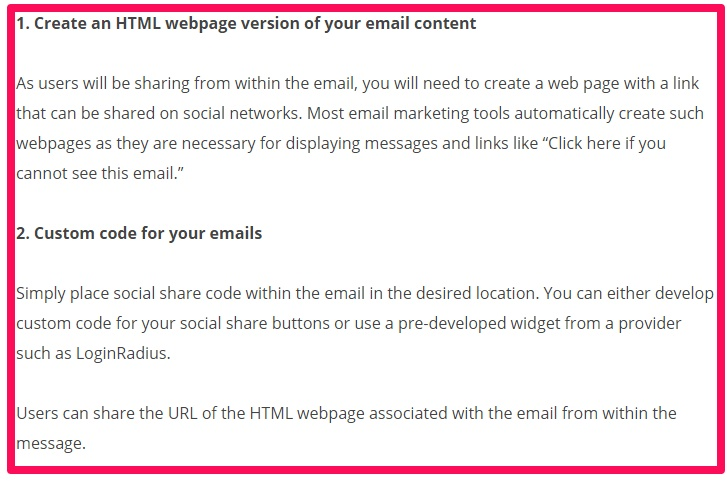
Convice and Convert further recommends sending out your popular and interesting status updates to your email list on the same day.
This will increase the number of likes and comments on the post and, thereby, the engagement on your Facebook page.
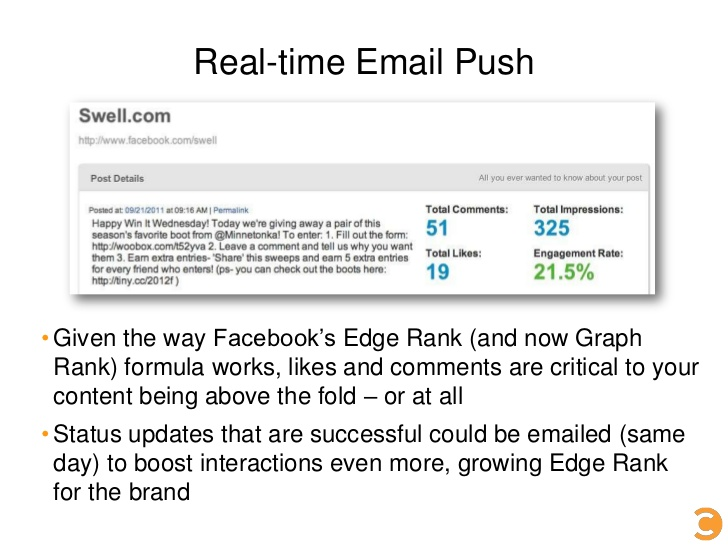
John Haydon uses this technique to get interaction on his top Facebook posts.
He sent this question to this email list and asked the subscribers to respond on Facebook.
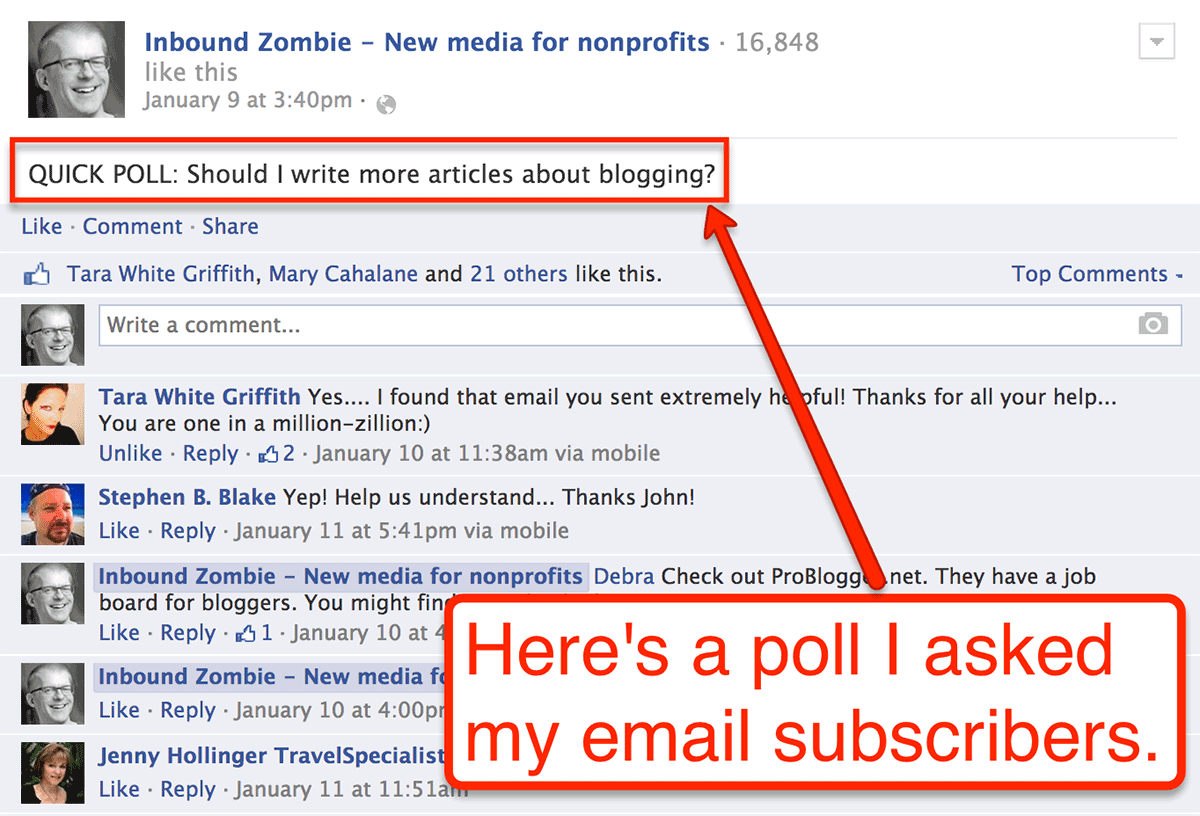
You can also combine this email list with the Facebook group strategy (number 2 on this list).
Ask your subscribers to join exciting conversations on your exclusive Facebook group.
Noah Kagan used this strategy on his Email1k course. The people who signed up for his email course were offered VIP access to the Facebook group. But, they needed to email two of their friends about the course first.

The strategy worked well – Noah managed to get 5000+ engaged members in his group. And, every post in the group gets 20+ comments.
Killer strategy to increase shares: Say you already have a few hundred social media shares on your post. How would you like to increase the number of shares to a thousand?
You need to plan a strategic email outreach campaign to influencers.
To automate emails from your gmail, you can use Send Bloom. It even takes care of following up on the emails you sent to your prospects.
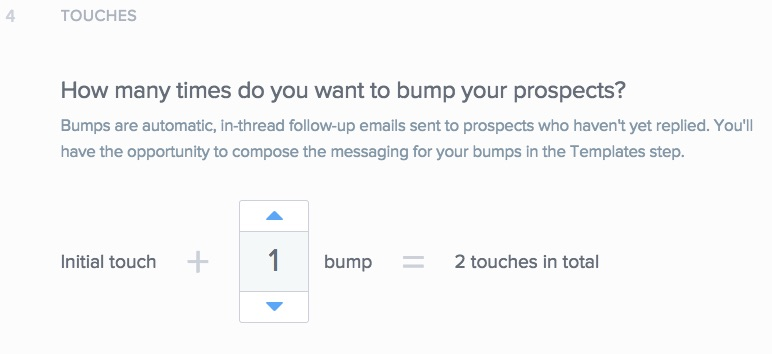
The guys at Vero devised such an outreach for their email marketing best practices guide.
The result?
They have 10,000+ shares on the guide.
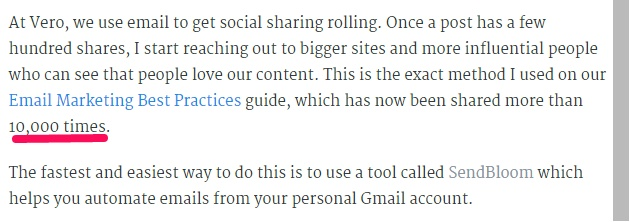
10. Share posts from your Facebook Page on your Facebook Profile.
This strategy is for the avid Facebook user. You should have least 1000+ friends on your personal Facebook profile to drive significant results.
The strategy is simple.
You first share a post on your Facebook page. Then, you share it from the page on your personal Facebook profile.
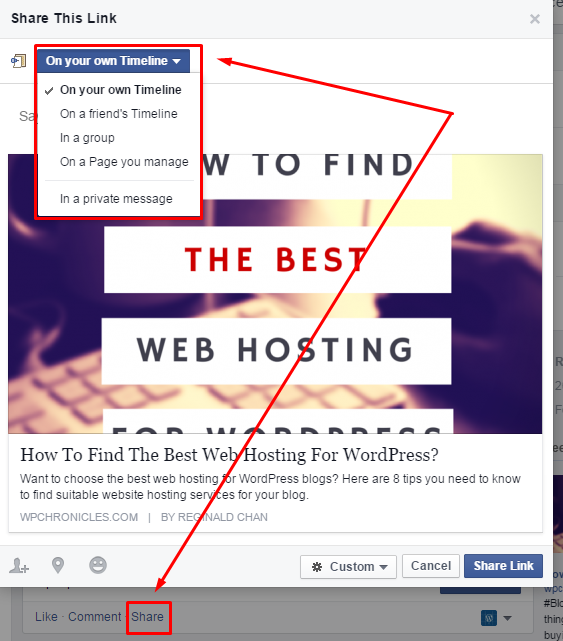
WPChronicles increased their reach from 5 people to 134, by using this strategy.
This strategy isn’t scaleable. But, you can use it occasionally for the posts that will add value to your Facebook friends.
Pro Tip: If you just started your Facebook page, you can quickly build your first 100 fans and get social proof. Just use the “Invite Friends” feature.

This feature can also be used to grow your Facebook page from your email list. It isn’t available to all Facebook pages, though.
Using it is simple. Upload your contacts from Mail Chimp, Constant Contact and other email services. Facebook’ll find them and ‘suggest’ that they like your page.
11. Request that your engaged audience turn on notification for your new posts.
This tip can increase engagement beyond your early adopters. Ultimately, you’ll also find an increase in your page’s organic reach.
Just request that your fans go to your Facebook page and click on “Get Notifications.” This will ensure that the fan gets notified of your every Facebook update dangerous goods apps free download.

Here is a video tutorial to help you.
This strategy is more likely to work if you’ve got a good relationship with your fans and you post moderately.
12. Use less than 2 hashtags.
Hashtags have been around on Facebook only since 2013.
Do they have an impact on a post’s reach?
Let’s see.
A study by Social Bakers found that using more than 2 decreases the interactions.

But, a 2013 study conducted by Edge Rank Checker found that hashtags reduce the organic reach (at least for pages with more than 10,000 fans).
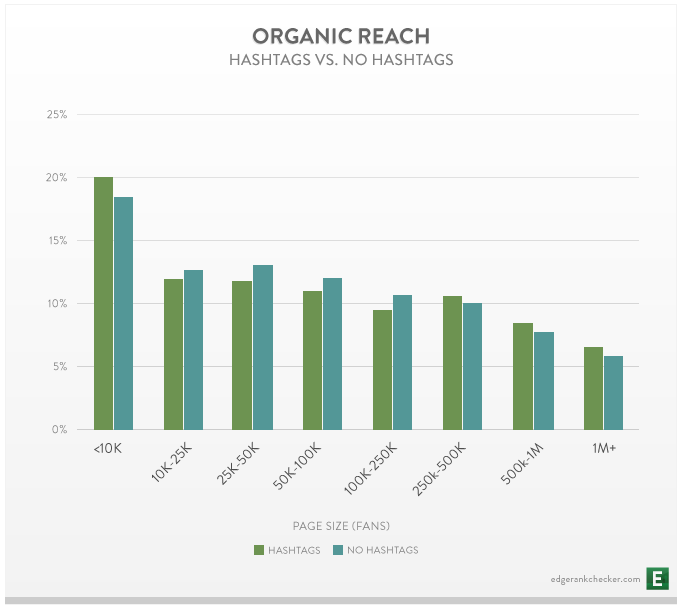
The takeaway is to experiment with relevant hashtags. Track your results to find out if they work in your industry and for your audience.
Ian from Razor Social is spot on with his advise to not hashtag everything.

13. Focus on providing value and don’t worry about your reach.
As a marketer, everything comes down to conversions and ROI. Right?
The organic reach of your posts on Facebook is like a secondary metric.
Jon Loomer puts it perfectly.

If you go after reach, you’ll be trying to game Facebook’s algorithm.
Deja vu?
Remember Google cracking down on blackhat SEOs trying to game their search results?
Every platform wants to improve the experience of their users and increase engagement.
So, don’t go around chasing Facebook’s organic reach.
Instead:
Share every post with an objective.
- With links, you want to get clicks and drive traffic to your website.
- Status updates should be focused on engaging with your audience and getting comments.
- Share graphics to inspire your audience and get engagement.
- Share videos to primarily get video views. The CTA in the video can be used to drive traffic to your website.
The organic reach of your page is not a good performance indicator.
Jon Loomer even found that reach and website clicks are not directly correlated (only have a loose connection).
Taking this approach, Buffer found their results to be more rewarding (even with a weekly decline in organic reach).
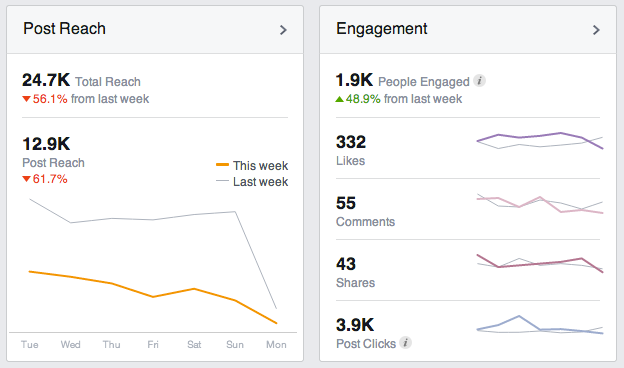
So write down the business goals you want to achieve from your Facebook page.
Then, devise a Facebook Marketing strategy around these goals itunes für windows 7 herunterladen. Choose the metrics you’ll use to measure your results.
Don’t let algorithmic changes dictate your marketing strategy.
Conclusion
The number of businesses actively using Facebook Pages increased by 10 million from June, 2014 to April, 2015.
We don’t exactly know what triggered Facebook’s organic reach decline. But, it’s probably due to an increase in competition in the news feed and too many promotional posts.
You can get creative. Have a look at how Jeff Goins incorporated the Facebook trending subject “The Walking Dead” into his post.

You can get started with testing one or two of the strategies that I shared in this post. Then, dig into Facebook Insights and analyze your data.
What is your Facebook page’s average organic reach? What are the strategies you are using to combat organic reach decline on Facebook?

